The story of print
Printing has come a long way since its origins. Here we map out the story of print past, present and future
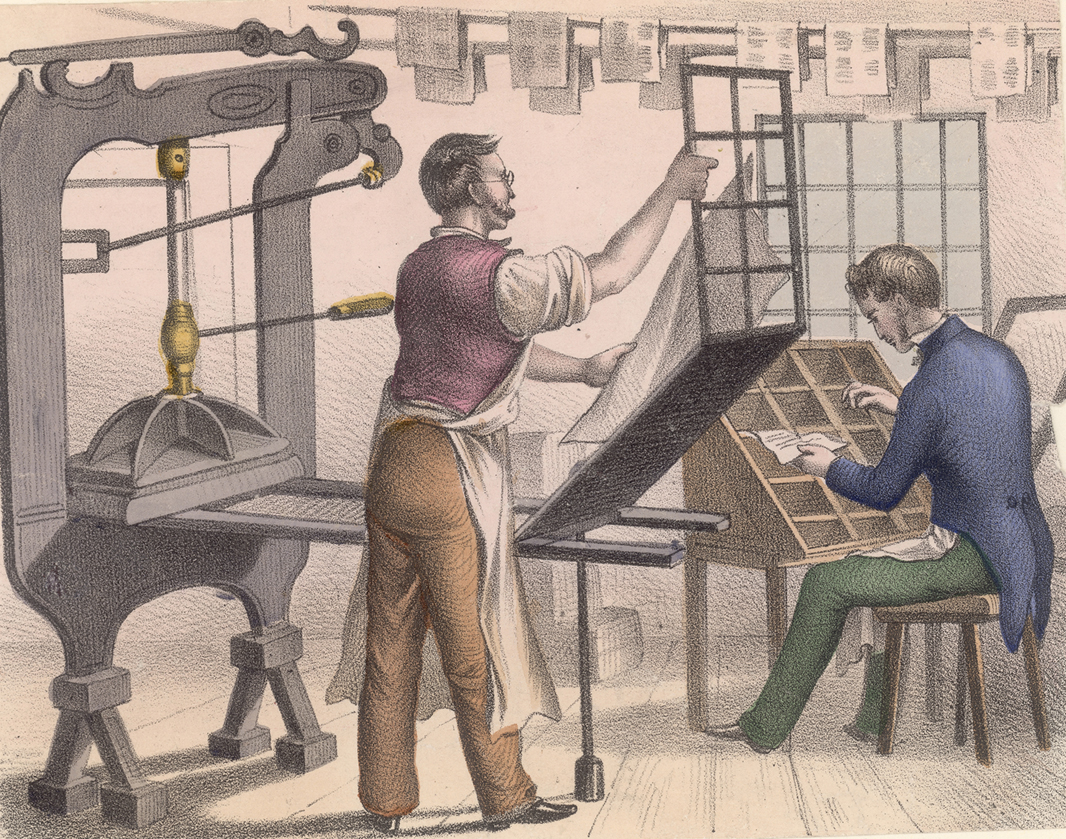
For nearly 2,000 years, printing has helped people share news, thoughts and ideas. As our civilisations developed, so we needed to move away from cutting or stamping designs in primitive clay tablets. There were limits to how many copies of a scroll one scribe could produce. By 220AD, the early Chinese printmakers were cutting words and pictures on wooden blocks and applying a layer of fine ink before pressing onto paper. By the time woodblock printing had become common in Europe in the mid-14th century, more complex multi-page works were being printed. It wasn’t long before these became printed books.
The manual printing press
Woodblocks made it relatively quick and easy to print one page repeatedly, but in order to print a greater number of pages at speed, we needed something more flexible. The answer was movable blocks of type, placed inside a frame, laid on a stone or wooden bed, inked, then passed beneath a roller that transferred the ink to paper. The idea can be traced back to 11th-century China, but it came into its own with Johannes Gutenberg of Mainz, Germany, who in around 1439 developed the first manual printing press. With oil-based inks and alloy type, Gutenberg helped usher in a golden age of European printing.
Gutenberg’s work meant that ideas could spread faster. As books became cheaper and more numerous, they reached a wider audience eager for new thoughts. A young Englishman, William Caxton, saw Gutenberg’s press in Cologne in 1446. Thirty years later he bought one to Westminster, and kick-started a process that would help to standardise the English language and pave the way for the Enlightenment in Britain. These early printing presses were still operated by hand, but by 1811 another German, Johann Friedrich Koenig, invented the first steam-printing machine, which could print at a rate of more than six pages per minute. Koenig’s work increased the spread of newspapers, and also of literacy in the populace at large. With the invention of the Linotype in 1884, type could also be set mechanically, one line at a time. Publishers could produce more pages and update them faster too. News and ideas had never spread so rapidly.
The Week
Escape your echo chamber. Get the facts behind the news, plus analysis from multiple perspectives.

Sign up for The Week's Free Newsletters
From our morning news briefing to a weekly Good News Newsletter, get the best of The Week delivered directly to your inbox.
From our morning news briefing to a weekly Good News Newsletter, get the best of The Week delivered directly to your inbox.
Lithography goes commercial
Another development - lithography - helped bring printing into the modern age. Aloys Senefelder’s 1796 invention turned it into a chemical process, where you could define where ink would and would not be printed through the interactions of oil, ink and water on a plate. At first, lithography was used to create art prints, but it eventually evolved into offset lithography. By the mid-1960s, it was the dominant technology for commercial print.
Printing techniques used today
Even then, printing remained inaccessible to the majority. In the 1930s, however, physicist Chester Carlson invented a process that combined photography with an electrically charged drum and dry-powder toner – the core technology that became the Xerox photocopier. Other manufacturers saw how this could be combined with computer technology and a laser to create a new kind of compact printer. In 1984, Hewlett-Packard launched its first LaserJet: the first affordable printer that could print commercial-quality text and graphics, page by page.
Even while developing the LaserJet, HP was working on a second revolutionary technology, the thermal inkjet. Run a pulse of current through a microscopic ink chamber and it creates heat, forming an ink bubble that expands rapidly, pushing ink through an equally tiny nozzle onto paper. Spit out enough tiny dots, line by line, and you print a whole page.
Printing speed and quality
HP developed and produced the first HP ThinkJet in 1994, then hit commercial success with the HP DeskJet in 1988. Quieter, faster and more efficient than the clunky dot-matrix printers it replaced, the DeskJet sold more than one million units in its first year on sale. Together, HP’s printers helped democratise publishing; all you needed to share ideas now was a compact printer and a desktop PC. Since then, enhancements to inks, resolution and paper handling have radically improved speed and print quality, and have enabled every amateur photographer to produce exhibition-quality prints. Even now, HP is transforming printing. The new PageWide printheads in HP’s OfficeJet Pro X and OfficeJet Enterprise X printers run the whole width of the page, allowing printers to work with precision at speeds of up to 70 pages per minute. Meanwhile, HP’s inkjet digital presses are making commercial printing more cost-effective and flexible, giving it a new lease of life in an online age.
The future of print
Printing has always helped spread idea, but now it can make those ideas a reality. A new generation of printers is enabling us to produce 3D objects, forming them one layer at a time from plastic, on demand. As the technology grows, we’ll see it work with more materials and more sophisticated designs, so that we might one day see garages printing replacement parts for cars, or even hospitals printing human organs, cell by cell. Wherever the future takes us, it seems printing will be there.
For more advice on transforming your business, visit HP BusinessNow
A free daily email with the biggest news stories of the day – and the best features from TheWeek.com
-
 Cryptocurrency and the future of politics
Cryptocurrency and the future of politicsIn The Spotlight From electoral campaigns to government investments, crypto is everywhere and looks like it’s here to stay
-
 Ssh! UK libraries worth travelling for
Ssh! UK libraries worth travelling forThe Week Recommends From architectural delights to a ‘literary oasis’, these are some of the best libraries around the country
-
 A fentanyl vaccine may be on the horizon
A fentanyl vaccine may be on the horizonUnder the radar Taking a serious jab at the opioid epidemic
-
 The executive style guide
The executive style guidefeature Want to stand out from the business crowd? Here's all the kit you need.
-
 Seven ways to reduce stress in your office
Seven ways to reduce stress in your officefeature You can’t completely remove it from your life, but there are some easy ways to relieve it…
-
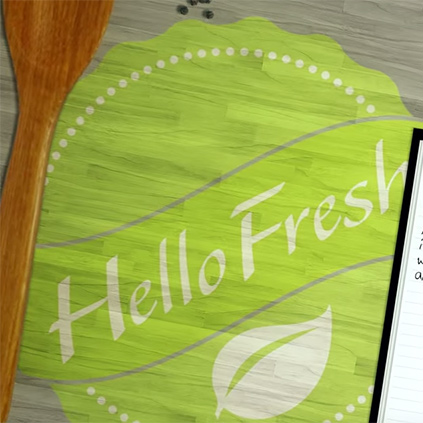 Hello Fresh: The transformation begins
Hello Fresh: The transformation beginsfeature New offices and a wealth of new IT from HP for Hello Fresh.
-
 Controversial Colour Branding Decisions
Controversial Colour Branding Decisionsfeature Scott King and Russell Jones from Condiment Junkie discuss how some brands have decided to swim against the tide with their colour choices.
-
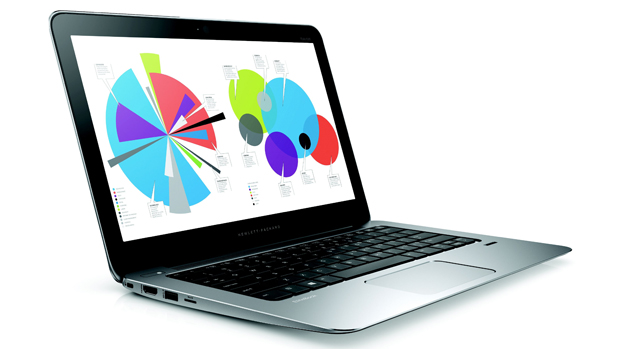 How do you design a computer?
How do you design a computer?feature Lead designer of HP, Chad Paris, explains how new computers are brought to life
-
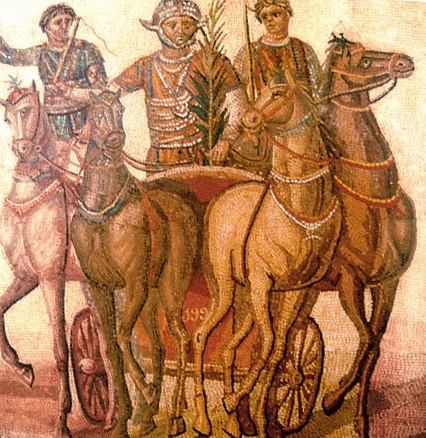 Tribal Colours
Tribal Coloursfeature Colour has been used for centuries as a means to communicate where we belong, finds Stuart Andrews
-
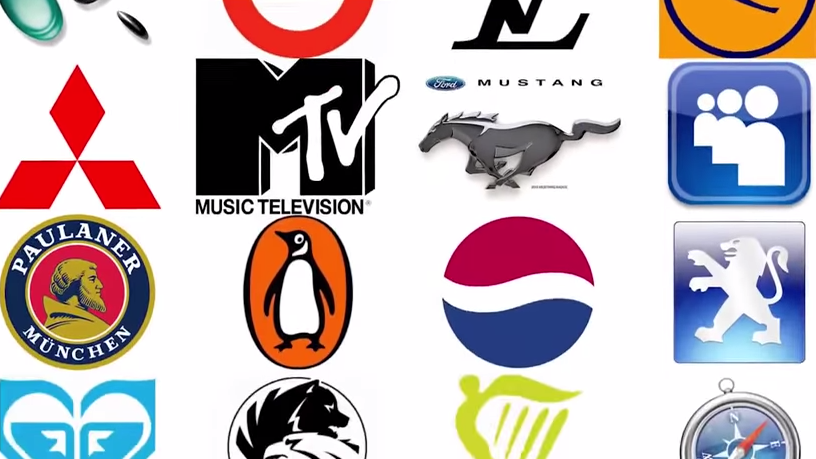 The Colour of Branding
The Colour of Brandingfeature James Morris explains why companies choose their corporate colour schemes, and what they mean.
-
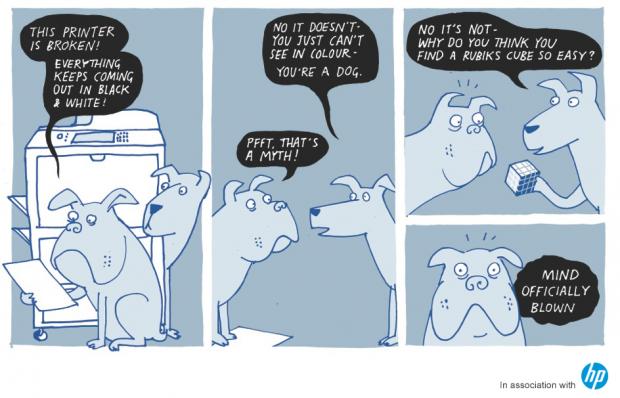 Does colour exist?
Does colour exist?feature Red and yellow and pink and green – scientists say that these are all just figments of your imagination